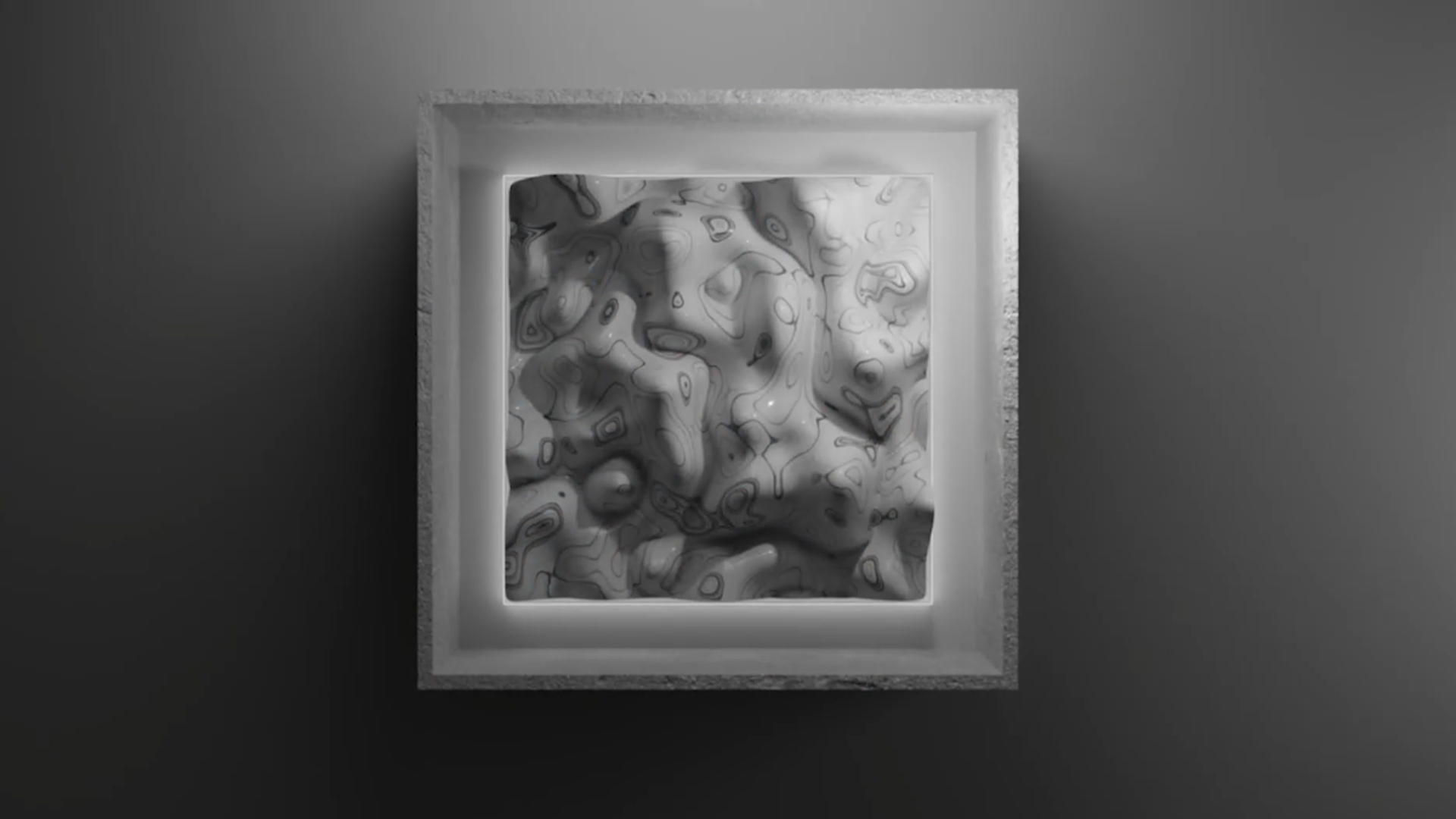
AI as Art the Importance of a Human Touch
May 1, 2024
Real-World Applications of AI in Design
Second, AI can be a promising design solution for clients who envision artistic scenarios that don’t exist in the physical world, or who don’t have the timeline for large-scale campaigns. Design Army was one of the early adopters of AI-as-Art. In early 2023, DC-based Georgetown Opticians enlisted them to create a campaign for its new store opening (to put the timeline in perspective, ChatGPT had only been launched a few months earlier, on November 30, 2022).
They had a one-month deadline – far short of the six months required to design, scout, shoot, and edit an in-person campaign. So the studio used AI to create surrealist images and videos that combined past and future and called it “Adventures in A-Eye”. The result was featured in PRINT Magazine, AdAge, AdWeek, and more. Photo manipulation, animation, sound design, and typography were all done by the human design team.
The Impact of AI on Stock Photography
Stock photographers are facing an evolving landscape where generative AI offers clients fast, customizable image solutions, potentially threatening traditional jobs. Despite these pressures, companies like Shutterstock and Getty Images continue to balance AI adoption with a robust demand for authentic imagery, which underscores the enduring value of human creativity. This shift highlights the importance of transparency—not just in disclosing AI use, but also in exploring how AI and human creativity might coexist to meet new and changing market demands. The unresolved tension between traditional photography and synthetic alternatives underscores the critical role of the human touch in defining the future of art and imagery.
Additional Considerations
Consumers are “turning against ‘the AI look,’” according to The Wall Street Journal – distinctions like flawless skin and shiny colors. Plus, AI has gotten so good that even AI tools that detect AI-generated content can be tricked. This introduces a significant challenge as generative data can suffer from issues like data poisoning and model corruption. Such corruption degrades the quality and reliability of AI outputs. As the utility of generative AI evolves, it must be trained on authentic content, not merely on synthetically generated or manipulated datasets.
Transparency matters. This doesn’t necessarily mean marking the final product “AI-generated”, but a client should always understand how AI was involved in the creation of their content.
Intellectual property matters. Last year, Getty Images sued Stability AI, a company that creates images based on text queries for using photographs from Getty’s catalog, without permission, to build its software. While users can’t know the details of how every algorithm was created, we don’t stand behind art that is “inspired by” or “influenced by” other artists’ work.
Jon Aragón, Vice President
Work with us.
We come to work every day motivated by our intention to see the world changed and impacted in positive ways through the strategies we engage with our clients. Pinkston is defined by purpose-driven communication. Rooted in experience, we’re not afraid to push boundaries.
